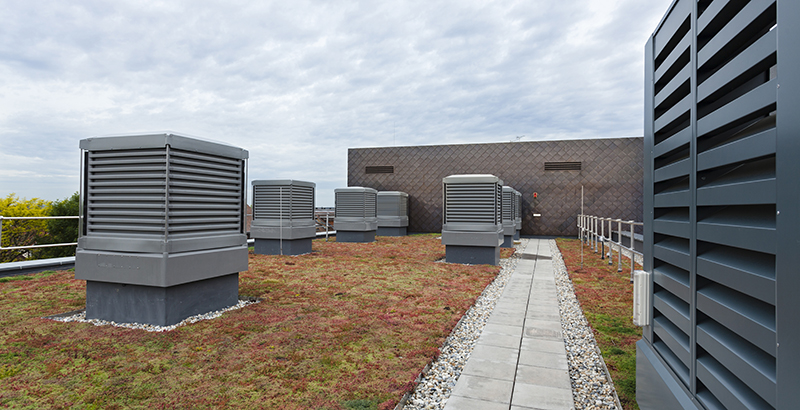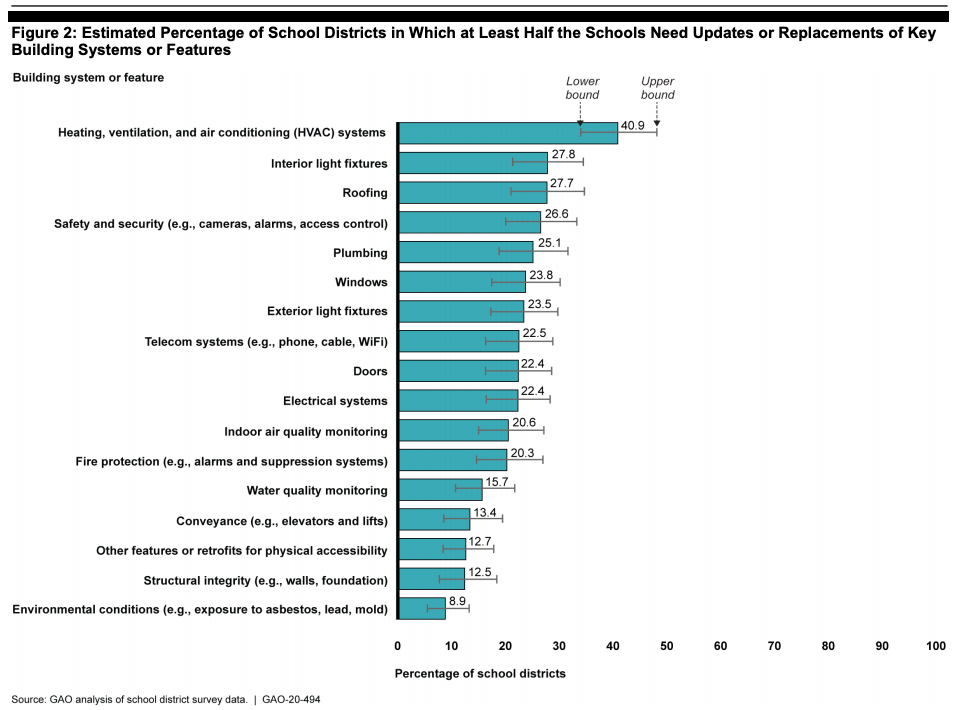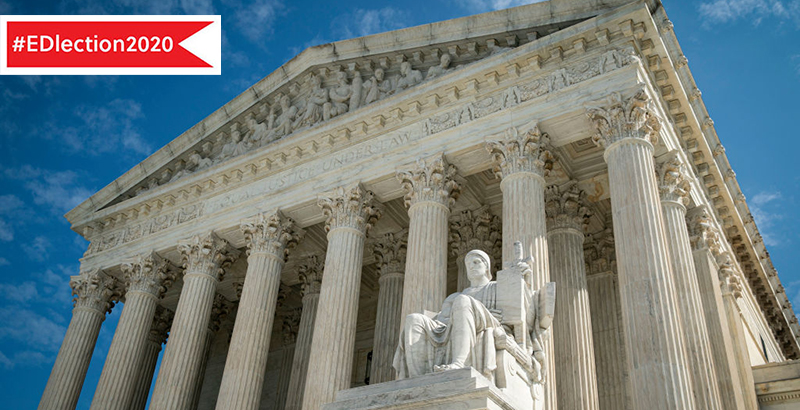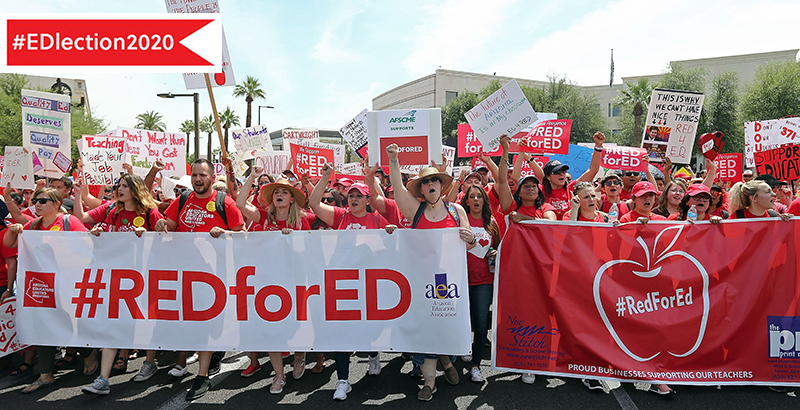October 18, 2020
Summary: This “Decolonial, antifascist and ecofeminist statement from Armenia”
first appeared on the website of Sev Bibar on October 12, 2020, here https://medium.com/sev-bibar/against-war-in-%D5%A1%D6%80%D6%81%D5%A1%D5%AD-qaraba%C4%9F-2baaecfbad5e — Editors
Before proceeding with our statement, let us state that we found it important to situate our position in circumstances stemming from very specific geographic and political conditions and decisions which preceded the unfolding of the war in 2020. Violence is not abstract and quietist; neither should we be.
The Արցախ / Qarabağ conflict, a dispute over the landlocked region labeled as “Nagorno-Karabakh” in the so-called “South Caucasus,” is a colonial product dating back to the early Soviet times when Joseph Stalin — then acting as the Commissar of Nationalities for the Soviet Union, made a decision to transfer Արցախ / Qarabağ, inhabited by a majority of indigenous Armenian population, under the control of oil-rich Azerbaijan SSR, in order to strengthen its own alliance with then seemingly pro-socialist Ataturk’s Turkey. During Soviet years the Nagorno-Karabakh Autonomous Oblast (NKAO) remained a self-governing territory within the jurisdiction of Soviet Azerbaijan, with a majority Armenian and a minority Azerbaijani, Russian, Ukrainian, Belarusian, Greek, Tatar and Georgian populations until the end of USSR.
THE MODERN PERIOD AND THE 1988–1994 WAR
In February 1988, after decades of experiencing biased and oppressive, settler colonialist policies of Azerbaijani SSR towards the Armenian population in NKAO, mass demonstrations in favor of Արցախ / Qarabağ’s unification with Armenia were held first in the region’s capital Stepanakert and then in Yerevan. Soon, the NKAO Supreme Council issued a request to transfer the region to Soviet Armenia.
These attempts of self-determination, however, were met by an anti-Armenian genocidal pogrom in the coastal Azerbaijani city of Sumgait, and then two similar pogroms in Kirovabad and Baku, the latter in January 1990. Such tensions quickly evolved into guerilla warfare between the two sides, and on September 2, 1991 the Nagorno-Karabakh Republic was proclaimed in Stepanakert, and then approved through a referendum in December. It was met with rejection by Soviet Azerbaijan’s government once again, boycotted by the region’s 20% Azerbaijani population, but democratically passed with 99,98% voting “for” the independence.
Azerbaijan declared its independence from the Soviets only a month later, on October 18. Despite the fact that the very rationale of Azerbaijan’s independence is grounded in the self-determination principle of international law, reserved in the Law on Secession from the USSR and in the USSR Constitution and protected in Chapter I, Article I of the UN Charter and the International Covenant on Civil and Political Rights as a right of “all peoples,” NKAO’s own declaration of independence — an attempt to undo Stalin’s unjust imperial maneuver — was met with denial and violence, thus making the newly-born Azerbaijani Republic no less than a colonizing state itself.
The clashes grew into a full-scale destructive war of 1992–1994, where post-Soviet Russia (more openly) and NATO ally genocidal Turkey (more discreetly) were taking sides based on their geopolitical goals and imperialist ambitions, leading to a volatile ceasefire based on the Bishkek Protocol in 1994. Tens of thousands, including civilians were killed during the war that witnessed horrible episodes such as the Khojaly massacre of Azeri civilians, hundreds of thousands were displaced from both sides, and a large part of the once NKAO plus 7 adjacent territories ended up under the control of the Armenian forces.
THE POST-CEASEFIRE DECADES
After the ceasefire, the masterfully orchestrated threat of war controlled and deprived the peoples of Armenia, Արցախ / Qarabağ and Azerbaijan of autonomous and de-colonial decision-making in social, political and economic issues. For decades, corrupt and unelected governments looted, oppressed and exerted violence on the people, preventing any opportunity for regime change in the countries.
Similar exploitation and oppression techniques used by the ruling classes in Armenia, Azerbaijan, Russia and Turkey, who profited off corruption, authoritarianism, heavy metal and fossil fuel mining, trade and mass destruction arms sales grounded in the glorification of war and hetero-patriarchy, strangled any possibility for a long-term post-national, de-colonial, anti-patriarchal, antifascist ecofeminist solidarity across borders between all classes, races, ethnicities, genders, sexualities, languages, abilities, cultures and ages in all affected localities․
The minority political elites and the ruling classes within each country also demonstrated more solidarity with each other than with the oppressed majority of the people, silencing dissent by instigating the breach of ceasefire across the closed borders. The richest bailed themselves out of conscription, while the recruits from the poorest layers of the societies were subject to violence, abuse, suicide and murders during the military service.
Any possibility of peaceful resolution of the conflict was buried in representative and classified diplomatic meetings and resulted in the maintenance of the status-quo preserved for 30 years which was profitable for the arms-trading imperial powers and their ruling proxies in the conflicting countries.
The people of Armenia, Արցախ / Qarabağ and Azerbaijan accommodated themselves with a fascist, xenophobic rhetoric towards each other, where three generations grew up reproducing the ethnic and religious hostility, previously more or less prevented/appeased by the policy of “national brotherhood” in the Soviet era. Fascism, racism and xenophobia reached a particularly high level in Azerbaijan, manifesting themselves in official discourse, such as president Aliyev’s 2015 tweet stating that “Armenia is not even a colony, it is not even worthy of being a servant”, and in state practice, in the example of Azerbaijani army officer Ramil Safarov axe murdering sleeping Armenian lieutenant Gurgen Margaryan during a NATO sponsored training seminar in Budapest, and then being pardoned, proclaimed a hero, promoted and gifted by president Aliyev.
While Azerbaijan remains a dictatorial state, the people in Armenia made an attempt to break through the vicious circle and initiated a protest movement in 2018 which resulted in a peaceful transfer of power from a kleptocratic oligarchy to a neoliberal establishment. The newly formed democratic government made numerous though insufficient attempts to restore looted public resources. However, a bourgeois-democratic national “revolution” which does not resist and reject the patriarchal, colonial, neoliberal capitalist and anti-environmental system, which manifests an institutional resistance towards fragmented labour rights movements or ecofeminist, grassroots, community-based rejections of the mining industry is doomed to failure and risks reversal sooner or later. Autocratic regional powers, needless to say, would be eager to work toward that reversal. If not through a coup d’etat, then perhaps through a war.
THE 2020 WAR
On September 27, 2020, the Azerbaijani dictatorial regime raged a Turkey-backed war against Արցախ / Qarabağ with a political goal of “ending Armenian occupation” and restoring its “territorial integrity.” Who started the aggression is neither a matter of commentary, nor a matter of opinion, as many centrist “unbiased” views suggest. Rather, it is a matter of record. Finding itself in a political and economic deadlock exacerbated by the falling prices of oil since March this year, Azerbaijan’s president Aliyev’s autocratic regime seems to have decided, once again, to play its last card of war and nationalism, thus diverting its people’s attention to Qarabağ.
Turkey, following its neo-Ottoman expansionist approach, is a clear party of the conflict, being on the side of Azerbaijan both diplomatically and in the battlefield, providing not only weapons and expert personnel, but also at least hundreds of mercenaries from Syria . Erdogan’s regime is attempting not only to dismantle the OSCE Minsk Group format and insert itself into the issue in order to have a say in the region, but also to open a new proxy-war front with Russia by destabilising another region under the influence of the latter, in order to make gains on other colonial fronts, namely Syria and Libya. Additionally, this could also have a domestic significance for the Erdogan regime, as for years Turkish expansionism and Neo-Ottoman ambitions, coupled with the crackdown on the political opponents and antifascists who tried to resist, served Erdogan and his establishment as a source of legitimacy and diverted the people from the devastating effects of neo-liberal economic policies and non-stop privatization. Azerbaijan’s ruling petrodollar class has openly welcomed the turco-supremacist paradigm — the “one nation two states” slogan is nothing but the forced submission of Azerbaijanis to Turkey’s political elite.
Russia, on the other hand, arming both countries for decades and using the conflict for growing its own political and economic influence in the region, probably expects Armenia to give away the remains of its political and economic sovereignty, and some of the post-Velvet Revolution democratic advancements, in exchange for peace.
According to the numbers of military casualties that both sides report on each other, the war has already claimed the lives of more than 8,000 people in total and displaced thousands on both sides.
THERE ARE NO WINNERS IN WAR
There is no ‘victory’ in war except for those who profit from it. The glorification of war is deeply rooted in toxic masculinity of the patriarchal heteronormative system, the perpetuation of which depends on the very existence of war and its ideological hegemony. War erases all anti-capitalist, anti-militarist, anti-fascist, anti-racist, environmental, feminist and queer struggles. Pervasive patriarchal and nationalist discourses not only become dominant but also mandatory, and any divergence from the mainstream is seen as a further punishable treason to the ‘nation-state’ and the ‘nation-army’. Another war means another wave of exacerbating hate, closing doors to reconciliation and trust, rise of nationalism and targeting of marginalized voices that challenge the machinery of war production and imperialist expansion. This war, like any other, has grave environmental consequences as well, transcending borders and identities. This part of Earth, already damaged and exhausted by mining almost to the point of no return, is now being destroyed on a daily basis.
Militarization becomes omnipresent: on a personal level, while following the news stream, learning about the casualties, endless bombings, shellings and destruction, while doing voluntary work to support the refugees, we no longer feel the boundary between getting militarized and ‘stepping outside’. There seems to be no option of ‘not being a part of the war’, so the only rescue remains care, mutual support and the solidarity networks that help maintain our values and ensure our survival. Today, the only legitimate solidarity we are allowed to have is that of dying together or organizing the logistics and support for those who fled from the combat zone, the gendered solidarity of care, healing and cleaning up the physical, psychological and ecological mess. Since young age our bodies do not belong to us, they are one way or another seen as servants of the conflict. This cycle needs to end. We need a solid antifascist pro-peace political movement and agenda․
So far, we have failed to form such a movement partly because a) the critique of nationalism, patriarchy, capitalism and militarism remains largely a marginal and suppressed discourse, b) anti-war stances are non-viable in the conditions of foreign military aggression and expansionist discourse, c) already marginal pro-peace discourses are often dominated by liberal, top-down approaches that equalize and homogenize power dynamics, contexts and realities, and d) anti-nationalist and internationalist stances are often easily identified with the Soviet experience of totalitarian socialism, the collective memory of which leaves little if any space for left politics. For such spaces to open up in the wider region, a struggle for decolonization should be coordinated with and maybe even preceded by overthrowing the dictatorships in Azerbaijan, Turkey and Russia.
The Soviet Union was not the peace solution but the part of the problem itself. Just as the Western capitalist system, it actively contributed to the modernist vision of anthropocentric and colonialist superiority of the “Human,” manifested in scientific progress, military-industrial expansion and arms trade, exploitation of labor, the disciplining and controlling of bodies and minds.
TIME FOR DE-COLONIAL, ANTI-FASCIST AND ANTI-MILITARIST ECOFEMINIST ACTION
We call for Azerbaijan to stop the attacks; this conflict cannot have a military solution.
We call for substituting the ideological frameworks of nation and territory with those of people and rights. People’s rights, not states’ rights. The conflict cannot continue being seen merely through the legalistic principle of territorial integrity.
We call for the recognition of Արցախ / Qarabağ’s self-determination and the undoing of Soviet colonial maneuver of a century ago. Borders drawn in the beginning of the 20th century by bolsheviks and reified by independent Azerbaijan have never reflected the rights of the majority of Արցախ / Qarabağ. They have created conditions for the perpetual war in the region, and the following displacement of populations and necessity of a buffer zone constituted of the adjacent territories.
We stress the importance of all refugees’ right to return to their homes and their right for self-determination in conditions of demilitarization, societies’ detoxification from mutual hatred, mutual and solid guarantees of security, and restraint of fascist imperialist powers’ meddling in the region — Azerbaijani refugees from the 7 adjacent territories and Armenian refugees from Baku, Sumgait, Nakhichevan and other Azeri towns once populated by Armenians.
We call for dropping expansionist and maximalist stances in favor of post-national ones.
We call for a multilateral recognition of and reparations for past genocides and massacres for the sake of preventing future ones, namely the Armenian Genocide, the Shushi massacre, the pogroms of Sumgait, Kirovabad, Baku, and the Khojaly Massacre.
We express our solidarity with fellows in Azerbaijan, Turkey and beyond, who raised their voices against this war.
We call for global peace and demilitarization. For the abolishment of the colonial military-industrial complex and the arms trade, supported by heavy metal mining and fossil fuel industries. For a stop to heavy metal mining and fossil fuel burning worldwide.
We call for solidarity and peaceful coexistence across borders, identities and classes.
We call for adopting the respect for life — both human and nonhuman, as a ruling political principle.
We call for an international struggle for the suppression of fascism, dictatorial appetites of the capitalist system and its agents in our region and beyond. We denounce totalitarianism and its propaganda in all its forms.
We dream of a post-nationalist, pluralist and sustainable cohabitation for the people of Caucasus within a life-oriented political ecology, through the creation of internationalist self-governed and autonomous communities in the region.
12/10/2020
A.N.
M.S.
P.H.
T.T.
P. S. There are two clarifications we would like to make after receiving some feedback from readers.
a) Speaking of the various refugees, in the context of their right to return, we have mentioned the Azeris from the 7 adjacent regions, but failed to mention the Azeri refugees originating from the Armenian SSR and NKAO. This, as it should be clear from the spirit of our text, was purely unintentional. Similarly, on the other hand, some Armenian refugees were left unmentioned in our text, such as those from Shahumyan, an adjacent area of NKAO, or those from other then Armenian-populated localities such as Getashen, and so on. In short, when we say “all refugees,” we mean allrefugees.
b) Some readers, it has been pointed out, could read the “necessity of a buffer zone constituted of the adjacent territories”, in reality written as part of a historical narrative, as a claim about the permanent irreversibility of that situation. To those we invite to (re)read the paragraph immediately following that sentence, which should resolve any such misunderstanding.
Editorial Note: This is not a Sev Bibar statement, though we gladly provided our platform for this piece.
IMHO
https://imhojournal.org/articles/discussion-article-against-war-in-qarabag-nagorno-karabakh/










